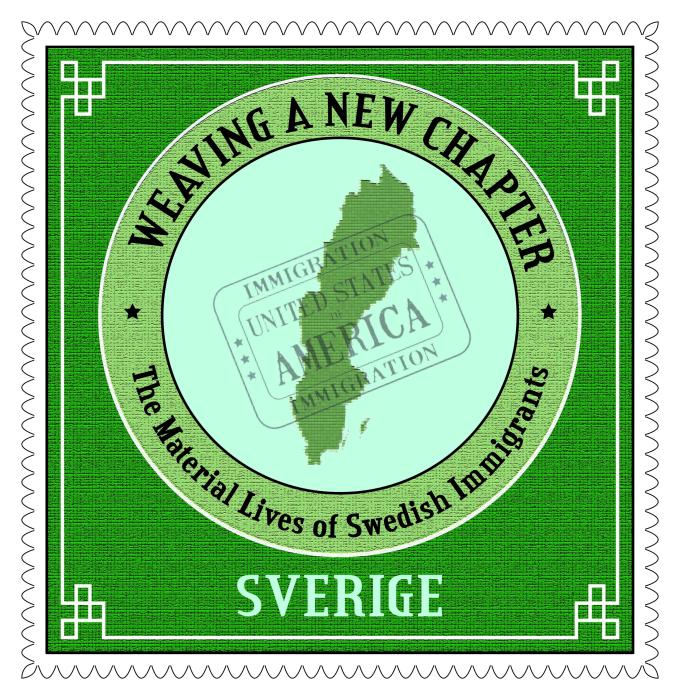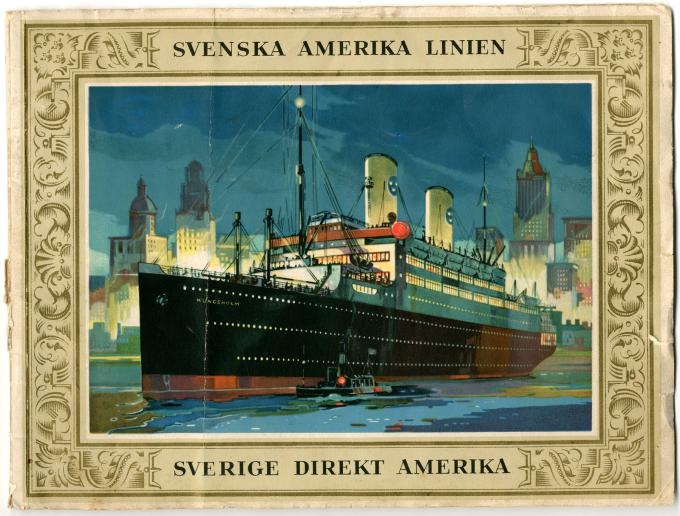As one of the nation’s premier shipbuilding and repair regions in the world, the Greater Philadelphia region has built many ships for the United States Navy. From the early days of the Continental Navy during the American Revolution to the nuclear-powered warships of the Cold War, these facilities were a critical component of the Navy’s operations in defending America and its allies abroad. This exhibit showcases some of these ships, the people that helped build them, and their role in defending America.
From the age of the Vikings to the settlers of the New Sweden Colony (1638-1655), to contemporary issues in Scandinavian society, the American Swedish Historical Museum will take you back in time and across the sea to learn the stories of Swedes in America.
Current Special Exhibitions
Weaving a New Chapter: The Material Lives of Swedish Immigrants tells the story of Swedish immigration to America through the objects they brought with them in the 19th and early 20th centuries. Sweden’s craft and textile history has been an intrinsic part of Swedish heritage and cultural identity at home and abroad. Swedish immigrants produced remarkable fiber arts for centuries and brought their knowledge of weaving, knitting, embroidery, lacemaking, and trade skills to their new homes.
Launched in 1928, the same year construction of the American Swedish Historical Museum was completed, the Swedish ocean liner Kungsholm was one of the earliest vessels decorated in the Art Deco style. The Kungsholm’s fashionable passenger spaces made her a popular ship, even during the Great Depression.



